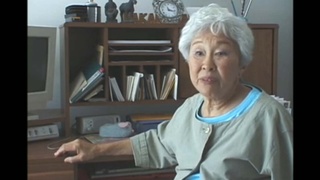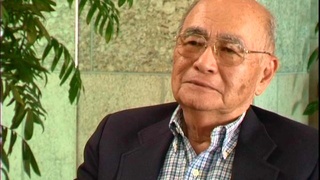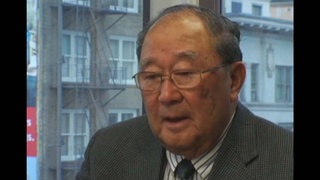Interviews
Joined Japanese Imperial Army during the WWII (Spanish)
(Spanish) The majority of high school or college students had the tendency to want to be naval pilots. I was one of those students. We enlisted but it wasn’t easy. Despite the people, the Argentines, or those who did not know really what it was like [back then], who say that “it was easy for them to enter [the navy].” No! It was difficult, the exam was tough. There was a friend of mine who did not get in [the navy]; twice he took the exam and could not pass. The third time he cut his finger and placed his name, “why can’t I die?” He cut his finger so he could not enter [the navy]. Thus it was difficult. Another who wanted to die [because] he also could not [join the navy]. Do you see? In seven or eight months, practically, I was ready to go to the front. At that time everything was accelerated. But it seemed an illusion for a sixteen-year old boy to have this [self-confidence in terms of] capacity [to serve]. Today, even with all the advanced science, one cannot imagine how we were back then.
Date: September 18, 2006
Location: Buenos Aires, Argentina
Interviewer: Takeshi Nishimura, Ricardo Hokama
Contributed by: Centro Nikkei Argentino









